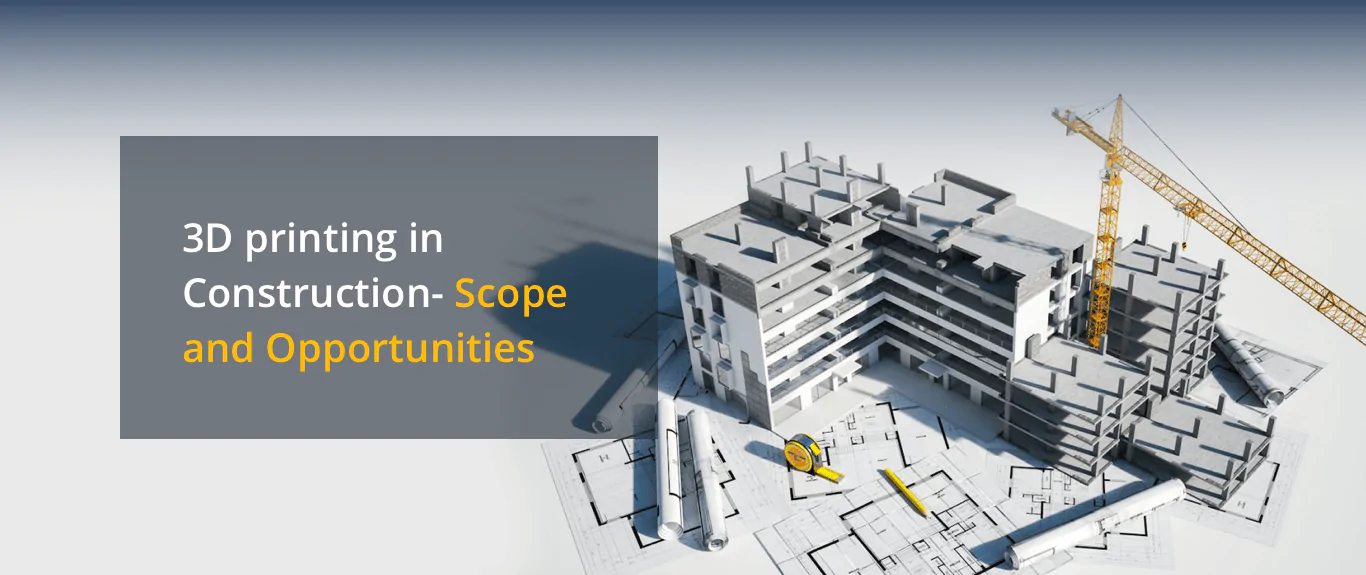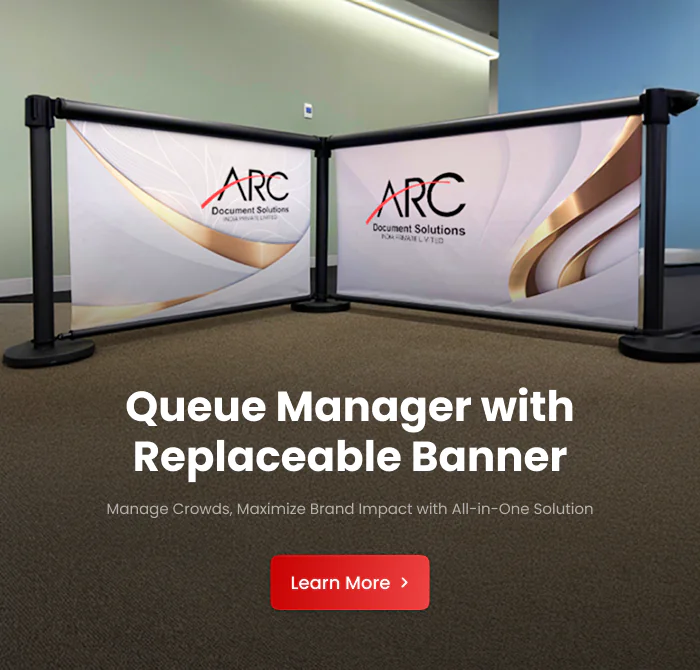3D Printing in Construction – Scope and Opportunities

3D printing which is sometimes referred to as additive manufacturing, is the computerized layering of materials in sequence to build three dimensional shapes. It is generally useful for prototyping and also for the development and manufacturing of geometrically complex shapes and components. It was first developed during the 1980s when it was considered to be a difficult and costly operation owing to which it had a few applications back then.
It is only during the year 2000 when 3D printing started getting recognized as not just a straightforward and affordable technology but also viable for a wide range of uses. The sale of 3D printers have grown rapidly since 2005 and gradually 3D printing systems have started getting developed for the construction industry.
Scope of 3D Printing in Architecture
In architecture and construction, 3D printing technology can be used to build construction components or even to print entire buildings. Yes, you read it right! Construction is very well suited to 3D printing because most of the information that is required to create an item will exist as a result of the design process. Also, the industry is a lot experienced and keen in using computer aided manufacturing. The growing popularity of Building Information Modeling (BIM), may facilitate better use of 3D printing technology. The use of this technology in the architecture and construction industry allows more accurate and faster construction of more complex items and at the same time it lowers the labor costs and produces less wastes. It also might enable construction in areas that are not suitable for human workforce, for example space.
3D printing is not a new technology and it lurks back to the 1980s. Fabricating a three layered prototype or model from a computer aided design is now a standard practice in a large number of industries from dentistry to architecture and high end manufacturing and more. According to a recent research, it has been found that this technology might have an estimated annual economic impact of around 550 billion dollars by 2025. When it comes to using this technology in the construction industry, concrete is generally squeezed out of a nozzle and it is attached to an automated robotics arm which is either stationed or moving along the rails, in a successive fashion, one layer upon another in order to build the desired building or structure. Experts claim that this process is not just faster and cheaper but it also is more environment friendly compared to the traditional methods of construction. They already get the brownie points for better flexibility in design, reduced construction costs, more efficient use and application of materials and greater levels of sustainability by reducing the waste types. As per recent studies, it has been estimated that the 3D printed construction market will be worth 40 billion dollars by 2027.
When it comes to construction, only the walls and frames of buildings are built with the help of this technology. The rest of the elements like plumbing, electricity, windows and the like are required to be installed separately. However, concrete 3D printers can also be used to construct benches, bridges or simple outdoor decorations.
Effects of 3D technology in the Construction Industry
In the recent times, as we see automated technologies and mechanization techniques rise, prices of construction projects have been dropping. 3D printing is a very affordable way in which you can quickly build the models of construction projects to have a visual representation which helps focus on the problematic and development areas and also to avoid delays. With the help of this technology, customers can communicate with construction professionals more efficiently and clearly. Even a customer who does not have any architectural background or knowledge can express their requirements and ensure that everyone is on the same page. Most of the expectations of a client comes from an idea and 3D printing helps professionals to materialize this idea beyond the age-old methods of using pencil and paper.
3D printing offers promising opportunities to the construction industry to not just become more greener but more cost effective and flexible as well, which most of the times is by considerable margins. With the construction industry embracing this new technology, it will be interesting to see how this technology will have its benefit and impact the different facets of the construction industry.
There are a large number of companies, who, today, are adopting the 3D printing technology. 3D printers are coming up with innovative solutions and techniques that will change the face of the construction industry in the years to come. This truly is a revolutionary time for this industry and all the recent developments would not have been possible without the wide range of possibilities that the 3D printing technology has to offer.


